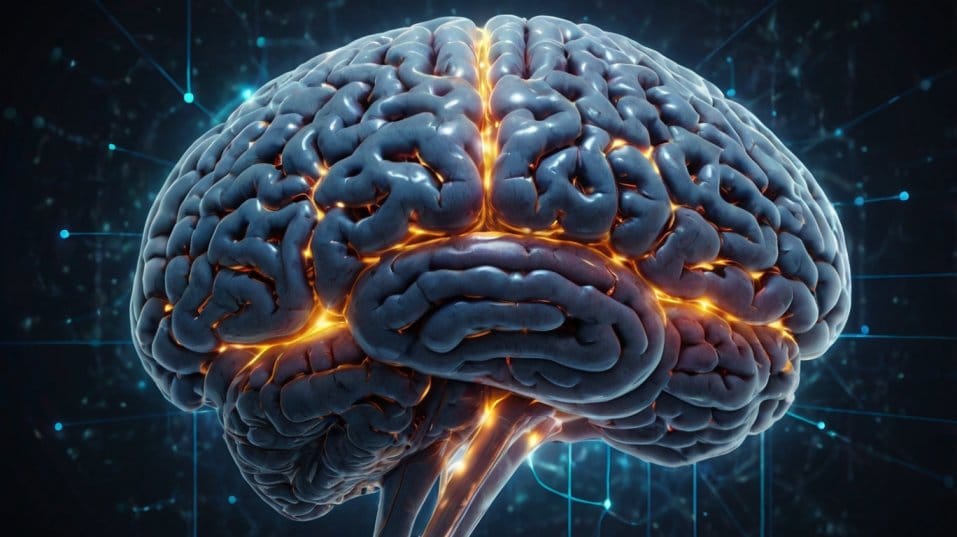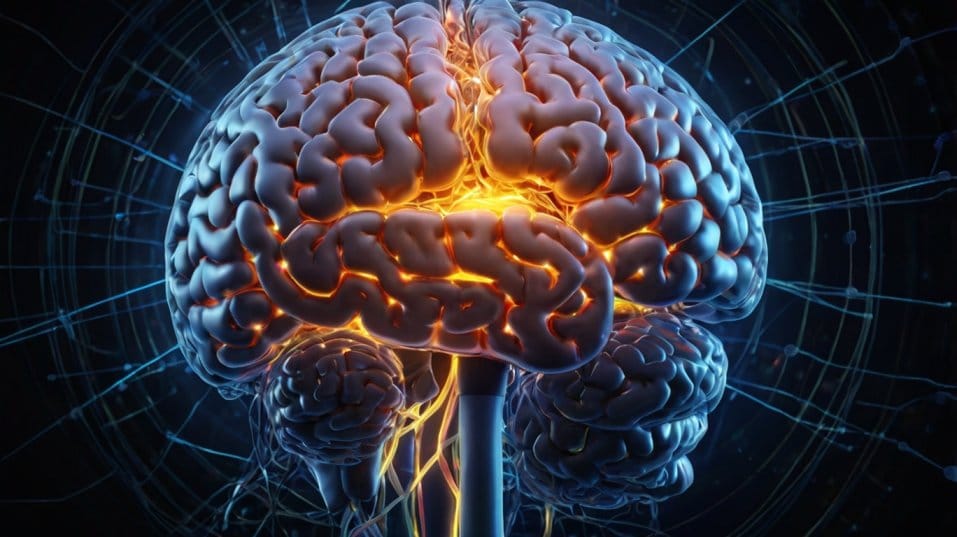The Neuroscience of Emotional Intelligence and Mindfulness
Discover how mindfulness rewires your brain for emotional intelligence, improving focus, resilience, and decision-making in work and life.

Why do some people handle high-pressure situations with ease while others feel overwhelmed? The answer lies in emotional intelligence, a skill deeply rooted in brain function.
Mindfulness isn’t just about relaxation—it’s a scientifically proven way to reshape your neural pathways for better focus, emotional control, and resilience.
When you understand how the brain processes emotions, you can train it to manage stress, sharpen decision-making, and lead with clarity. The good news? You can start rewiring your brain today.
The Brain’s Role in Emotional Intelligence
At the core of EI is your brain’s ability to regulate emotions. The amygdala, your brain’s emotional command center, triggers stress responses.
Left unchecked, it hijacks your reactions, leading to impulsive decisions. But with strong EI, the prefrontal cortex—the brain’s rational hub—steps in, keeping emotional impulses in check.
The stronger the connection between these areas, the more control you have over emotions.
Your brain operates on neural circuits that determine how you process emotions. When faced with a difficult conversation or high-pressure situation, the amygdala reacts instinctively, often with a fight-or-flight response.
The prefrontal cortex, responsible for rational thinking and long-term planning, must override this impulse to allow for thoughtful, measured responses.
How Mindfulness Strengthens Neural Connections
Mindfulness strengthens this connection. Studies show that consistent practice shrinks the amygdala while thickening the prefrontal cortex, reducing emotional reactivity and increasing self-awareness.
Brain scans confirm that mindfulness physically reshapes neural pathways, making emotional regulation more natural over time.

This means you’re less likely to be derailed by stress and more equipped to handle complex interpersonal dynamics with composure.
Another crucial component of EI is the hippocampus, which plays a role in memory and learning.
When mindfulness enhances hippocampal function, it improves emotional recall—helping you learn from past experiences and refine emotional responses over time.
This neurological shift makes you better at recognizing patterns in behavior, understanding emotional triggers, and adapting to challenges with greater flexibility.
How Mindfulness Rewires the Brain
Mindfulness isn’t just deep breathing—it’s a neurological upgrade.
Research reveals that regular practice increases gray matter in regions tied to self-awareness and emotional control while lowering cortisol, the stress hormone. Here’s how it enhances EI:
Stronger Emotional Regulation
Mindfulness soothes the nervous system, reducing emotional outbursts and promoting measured responses. Over time, this prevents habitual overreactions and strengthens your ability to pause before responding.
Enhanced Focus
The anterior cingulate cortex, responsible for attention, strengthens, making distractions less disruptive. A well-trained mind stays engaged longer, improving productivity and decision-making.
Greater Empathy
The insula, the brain region linked to compassion, becomes more active, improving your ability to read others’ emotions.
This is particularly useful in leadership and teamwork, where understanding subtle emotional cues fosters better collaboration.
Lower Stress Reactivity
By reducing activity in the amygdala and increasing connectivity with the prefrontal cortex, mindfulness helps break the cycle of chronic stress and anxiety. Instead of feeling overwhelmed, you develop a sense of calm resilience.
Improved Cognitive Flexibility
Mindfulness strengthens the brain’s ability to shift perspectives and adapt to new information, reducing rigid thinking patterns. This is crucial for problem-solving and conflict resolution in fast-paced environments.
Building Emotional Intelligence with Mindfulness
Emotional intelligence isn’t something you’re born with—it’s a skill that can be strengthened through intentional practice.
Mindfulness serves as a powerful tool to enhance self-awareness, regulate emotions, and improve interpersonal relationships.
By integrating mindfulness into daily life, you can develop a more composed, thoughtful approach to challenges.
Notice Before Reacting
Emotions flare up fast, but awareness creates space for better choices. When frustration rises, pause. Acknowledge the feeling without immediately reacting.
This small shift trains your brain to engage the prefrontal cortex before the amygdala takes over.
One technique is “name it to tame it.” Neuroscientists have found that labeling an emotion—such as “anger” or “frustration”—activates the prefrontal cortex and reduces the amygdala’s response.
Instead of being consumed by the emotion, you observe it from a distance, giving yourself control over how you respond.
Train Your Brain Daily
You don’t need an hour of meditation—just five minutes of focused breathing or mindful walking makes a difference. Neuroscientists have found that brief but consistent mindfulness practices rewire neural circuits over time.
Use reminders, apps, or simple cues to build mindfulness into your day. Another way to integrate mindfulness into daily life is through micro-practices.
These are short moments of awareness—taking a mindful breath before answering an email, noticing tension in your shoulders, or pausing to appreciate a positive interaction.
These small acts compound over time, reinforcing mindfulness as a default state rather than an isolated practice.
Observe Without Judgment
Self-awareness isn’t about suppressing emotions but understanding them. When stress surfaces, observe it rather than labeling it as "bad." This rewires the brain to process emotions more effectively, reducing reactivity and increasing resilience.
One strategy is body scanning—checking in with physical sensations that accompany emotions.
Tightness in the chest may signal anxiety, while clenched fists could indicate frustration. Recognizing these physical cues helps you intervene before emotions escalate.
Deepen Empathy with Active Listening
EI extends beyond self-awareness—it’s about understanding others. The next time someone speaks, resist the urge to formulate a response while they talk.
Tune into their tone, emotions, and body language. This strengthens neural pathways related to empathy, improving relationships and leadership skills.
Active listening isn’t just about hearing words—it involves fully absorbing what’s being communicated. This means maintaining eye contact, nodding in acknowledgment, and asking clarifying questions to demonstrate engagement.
Practicing this level of attentiveness rewires your brain for deeper interpersonal connections and mutual understanding.
Final Thoughts
Emotional intelligence isn’t just about emotional awareness—it’s about hacking your brain for better decision-making, relationships, and leadership.
Mindfulness accelerates this process by physically reshaping neural circuits. The best part? You don’t have to overhaul your routine to see results.
Start now: pause before reacting, observe your emotions, and train your brain daily. Take small steps—notice how emotions arise, listen more deeply, and practice brief moments of mindfulness throughout the day.
The benefits aren’t abstract—they’re hardwired into your biology. With practice, emotional intelligence becomes second nature, giving you the tools to navigate life with clarity, confidence, and control.




